Home / History / Superpowers of the Ancient World: the Near East / Who were the Syro-Palestinians? I: Geography and Environment
This article is from the free online
Superpowers of the Ancient World: the Near East


Reach your personal and professional goals
Unlock access to hundreds of expert online courses and degrees from top universities and educators to gain accredited qualifications and professional CV-building certificates.
Join over 18 million learners to launch, switch or build upon your career, all at your own pace, across a wide range of topic areas.

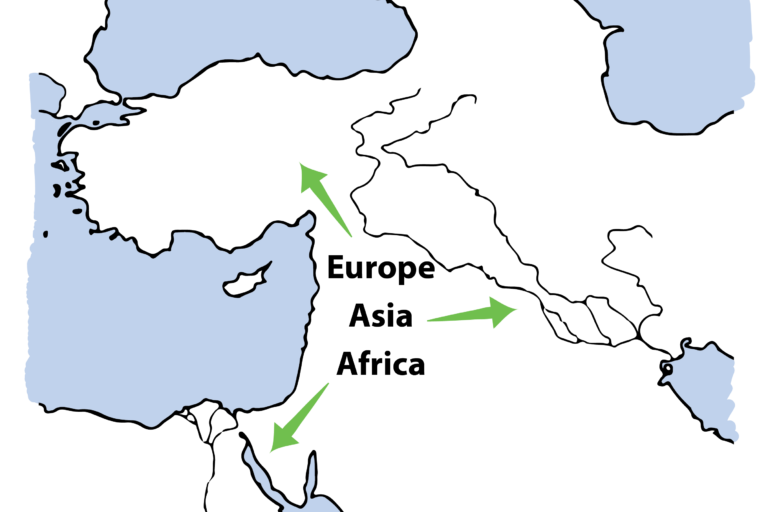 Our first map highlights the geographical centrality of the Near East. The area links Asia, Africa and Europe, and therefore controls mobility between these areas. Whether travelling by land or sea, you’ll need to pass through this region. Straight away, we can see the strategic importance of areas like Syria-Palestine.
Our first map highlights the geographical centrality of the Near East. The area links Asia, Africa and Europe, and therefore controls mobility between these areas. Whether travelling by land or sea, you’ll need to pass through this region. Straight away, we can see the strategic importance of areas like Syria-Palestine.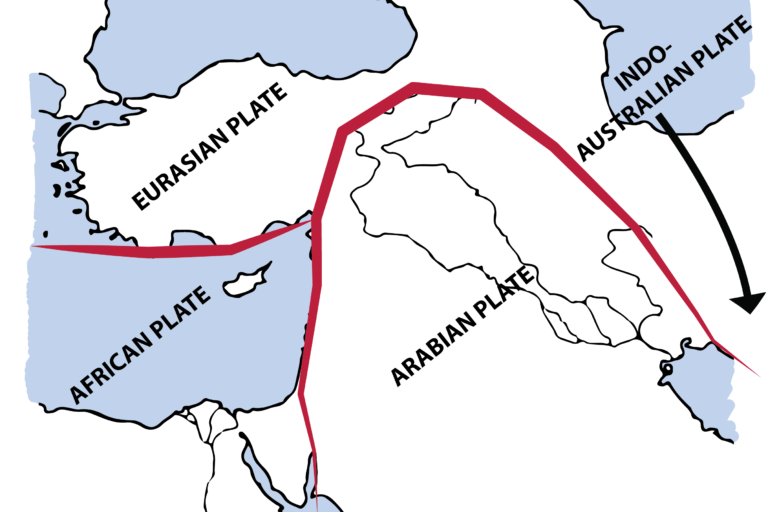 This map demonstrates the Near East’s centrality in geological terms. It sits at the meeting place of four of the earth’s tectonic plates (the Eurasian, African, Arabian, and Indo-Australian plates). Uplifting (mountain ranges) and depressing (rift valleys) of the land occurs where these plates either push together or pull apart from each other.
This map demonstrates the Near East’s centrality in geological terms. It sits at the meeting place of four of the earth’s tectonic plates (the Eurasian, African, Arabian, and Indo-Australian plates). Uplifting (mountain ranges) and depressing (rift valleys) of the land occurs where these plates either push together or pull apart from each other.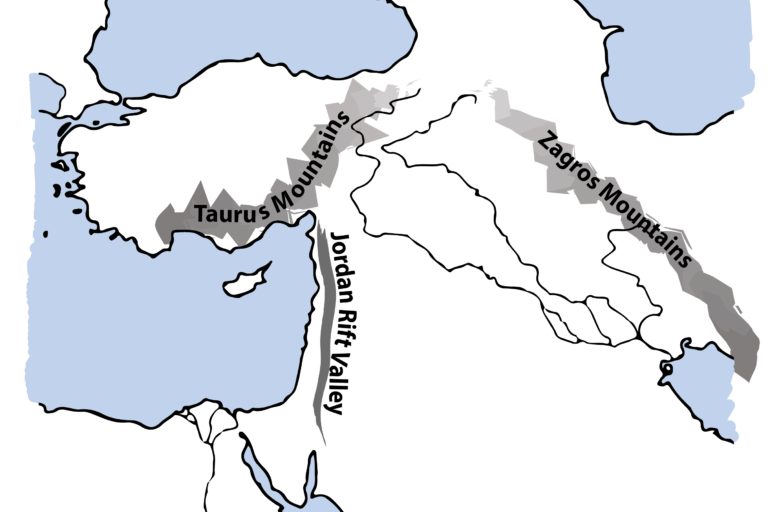 The resulting land features are clear to see. To the north and east, the Taurus and Zagros mountain ranges rise. To the west, the Mediterranean coast is defined by a deep, narrow rift, host to some of the lowest lying terrain on the planet, featuring the River Jordan and the Dead Sea. To the east lies a very broad and gentle trough, through which the Euphrates and Tigris rivers run. If you compare maps 2 and 3, the link between tectonic plate movement and land features should be quite obvious.
The resulting land features are clear to see. To the north and east, the Taurus and Zagros mountain ranges rise. To the west, the Mediterranean coast is defined by a deep, narrow rift, host to some of the lowest lying terrain on the planet, featuring the River Jordan and the Dead Sea. To the east lies a very broad and gentle trough, through which the Euphrates and Tigris rivers run. If you compare maps 2 and 3, the link between tectonic plate movement and land features should be quite obvious.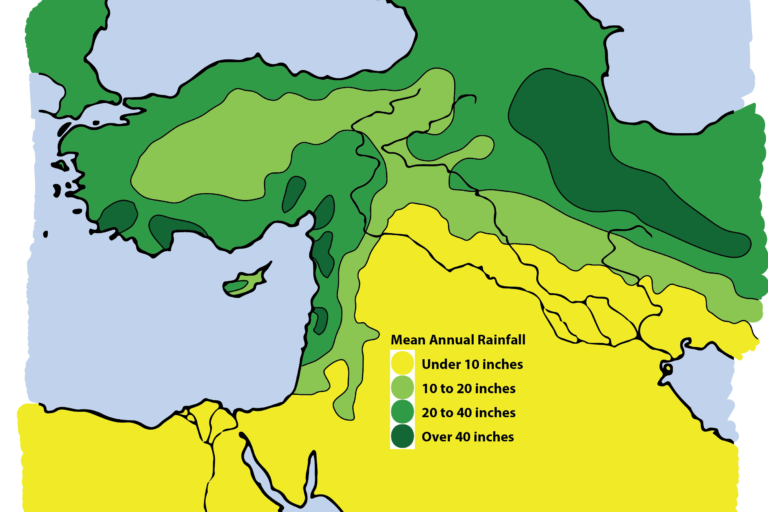 In winter, wetter European air masses arrive in Syria-Palestine. In summer, the region receives the drier Saharan air. As air masses move from west to east, the varied topography gives rise to varied weather. The rain falls mainly on the highlands along the Mediterranean coast to the west, and on the mountain regions to the north. This creates a rain-shadow (where the land is largely rain-free as it is protected by the mountain ranges around it), but which is irrigated by the Euphrates and Tigris rivers. In this most fertile part of the Near East, there are two distinct parts:
In winter, wetter European air masses arrive in Syria-Palestine. In summer, the region receives the drier Saharan air. As air masses move from west to east, the varied topography gives rise to varied weather. The rain falls mainly on the highlands along the Mediterranean coast to the west, and on the mountain regions to the north. This creates a rain-shadow (where the land is largely rain-free as it is protected by the mountain ranges around it), but which is irrigated by the Euphrates and Tigris rivers. In this most fertile part of the Near East, there are two distinct parts: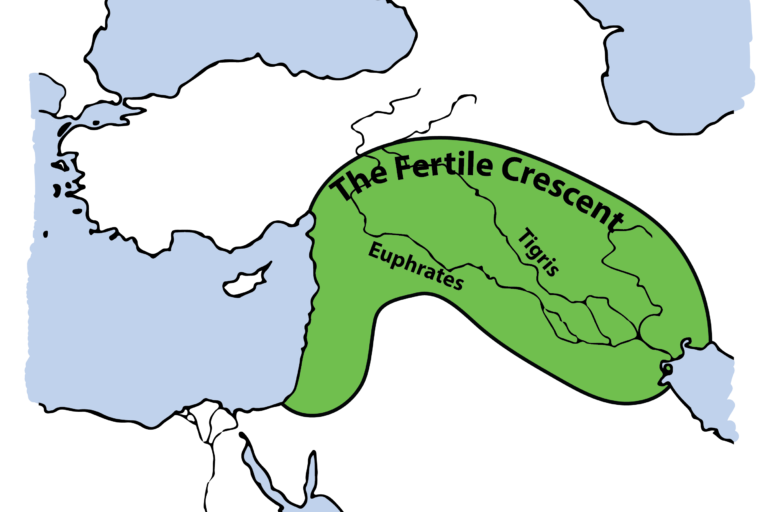 The Fertile Crescent describes the roughly semicircular tract of cultivatable land, watered either by rain or river.
The Fertile Crescent describes the roughly semicircular tract of cultivatable land, watered either by rain or river.






